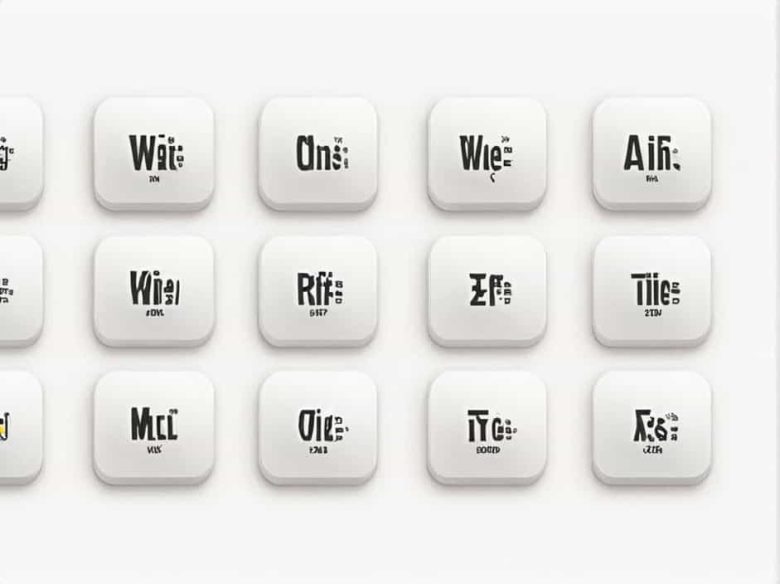Valence electrons play a crucial role in determining an element’s chemical properties and reactivity. These are the outermost electrons of an atom responsible for forming bonds with other elements. But how do valence electrons relate to the periodic table?
In this topic we will explore how valence electrons correspond to groups periods and element types on the periodic table. Understanding this relationship helps predict chemical behavior bonding tendencies and element reactivity.
1. What Are Valence Electrons?
1.1 Definition
- Valence electrons are the electrons in the outermost shell (energy level) of an atom.
- These electrons determine how an element interacts and bonds with others.
- Elements with the same number of valence electrons exhibit similar chemical properties.
1.2 Importance of Valence Electrons
- Determine reactivity: More valence electrons mean less reactivity (except for noble gases).
- Influence bonding: Elements with 1-3 valence electrons tend to lose electrons (forming positive ions) while those with 5-7 tend to gain electrons (forming negative ions).
- Define group behavior: Elements in the same group have identical valence electron counts leading to similar reactions.
2. How Valence Electrons Correspond to the Periodic Table
2.1 Groups and Valence Electrons
The periodic table is arranged into groups (columns) and periods (rows). The group number directly relates to an element’s valence electrons.
- Group 1 (Alkali Metals): 1 valence electron (e.g. Lithium – Li Sodium – Na).
- Group 2 (Alkaline Earth Metals): 2 valence electrons (e.g. Magnesium – Mg Calcium – Ca).
- Group 13: 3 valence electrons (e.g. Boron – B Aluminum – Al).
- Group 14: 4 valence electrons (e.g. Carbon – C Silicon – Si).
- Group 15: 5 valence electrons (e.g. Nitrogen – N Phosphorus – P).
- Group 16 (Chalcogens): 6 valence electrons (e.g. Oxygen – O Sulfur – S).
- Group 17 (Halogens): 7 valence electrons (e.g. Fluorine – F Chlorine – Cl).
- Group 18 (Noble Gases): 8 valence electrons (except Helium which has 2) → Stable and nonreactive.
2.2 Periods and Energy Levels
- Periods (rows) indicate the number of electron shells an element has.
- Example:
- Sodium (Na atomic number 11) is in Period 3 meaning it has three energy levels.
- It is in Group 1 meaning it has 1 valence electron.
2.3 Transition Metals and Valence Electrons
- Transition metals (Groups 3-12) have variable valence electrons.
- Their valence electrons are not always in the outermost shell making their chemistry more complex.
- Example: Iron (Fe) can have 2 or 3 valence electrons.
3. Why Do Valence Electrons Matter?
3.1 Chemical Bonding
- Elements gain lose or share valence electrons to form chemical bonds.
- Ionic Bonds: Transfer of electrons (e.g. NaCl – Sodium donates Chlorine accepts).
- Covalent Bonds: Sharing of electrons (e.g. H₂O – Oxygen shares electrons with Hydrogen).
3.2 Reactivity Trends
- Metals (left side): Low valence electrons → Lose electrons easily → Highly reactive.
- Nonmetals (right side): More valence electrons → Gain electrons easily → Form stable compounds.
- Noble gases: Full valence shell → No need to react.
3.3 The Octet Rule
- Atoms strive for 8 valence electrons (a full outer shell) for stability.
- This drives chemical reactions and compound formation.
4. Special Cases in Valence Electrons
4.1 Helium (He) – A Noble Gas with 2 Electrons
- Unlike other noble gases (8 valence electrons) helium has only 2 valence electrons.
- It is still stable because its outermost shell (1s²) is full.
4.2 Hydrogen (H) – 1 Valence Electron But Not an Alkali Metal
- Hydrogen has 1 valence electron like alkali metals.
- However it behaves more like a nonmetal and forms covalent bonds.
4.3 Transition Metals and Multiple Valencies
- Elements like iron (Fe) copper (Cu) and chromium (Cr) can have multiple valence electrons due to their d-electrons.
- Example: Iron (Fe) can have Fe²⁺ (2 valence electrons) or Fe³⁺ (3 valence electrons).
5. Real-World Applications of Valence Electrons
5.1 Electronics and Semiconductors
- Silicon (Si) has 4 valence electrons allowing it to form semiconductors used in computer chips.
5.2 Medicine and Drug Formulation
- Understanding valence electrons helps in designing pharmaceutical compounds that interact correctly with the human body.
5.3 Environmental Chemistry
- Ozone (O₃) and carbon dioxide (CO₂) are formed based on valence electron interactions.
- Helps in climate studies and pollution control.
6. Summary: Key Takeaways
- Valence electrons determine an element’s chemical properties.
- Group number = Number of valence electrons (except transition metals).
- Period number = Number of energy levels (shells).
- Metals lose valence electrons easily while nonmetals gain them.
- Noble gases have full valence shells making them unreactive.
Valence electrons are the foundation of chemistry. They explain why elements bond react and form compounds. By understanding how valence electrons correspond to the periodic table we can predict chemical behavior design new materials and even understand life processes at a molecular level.



